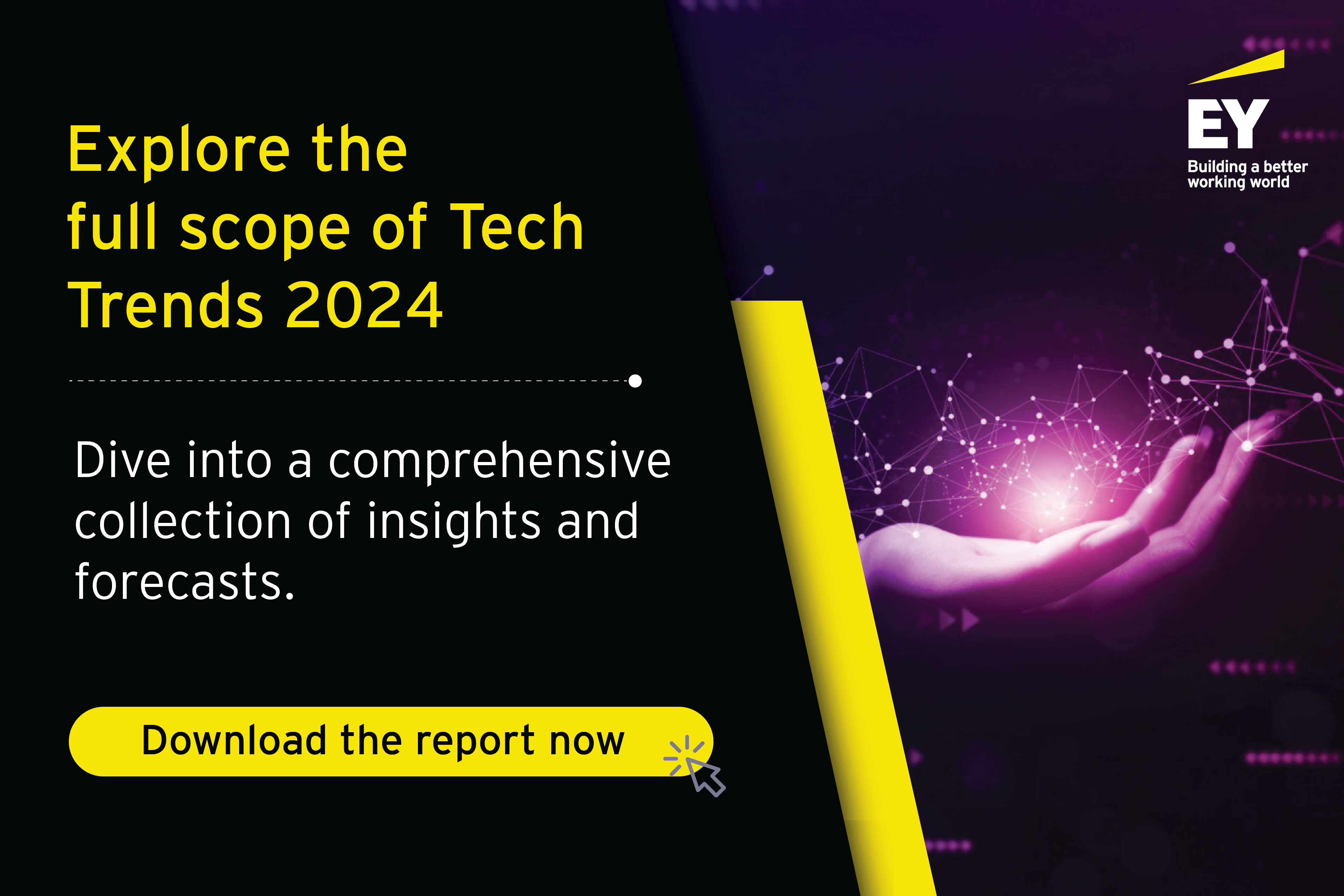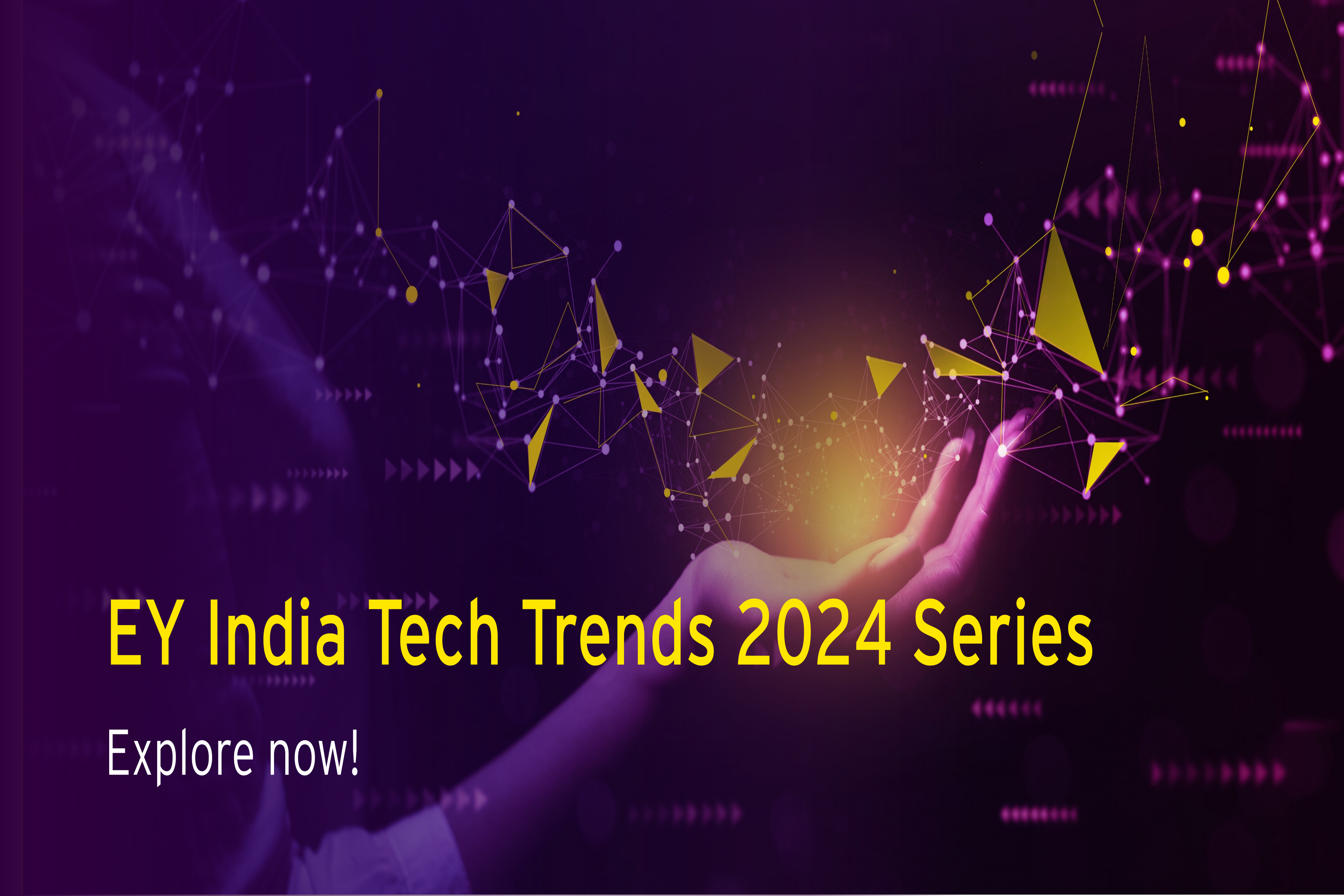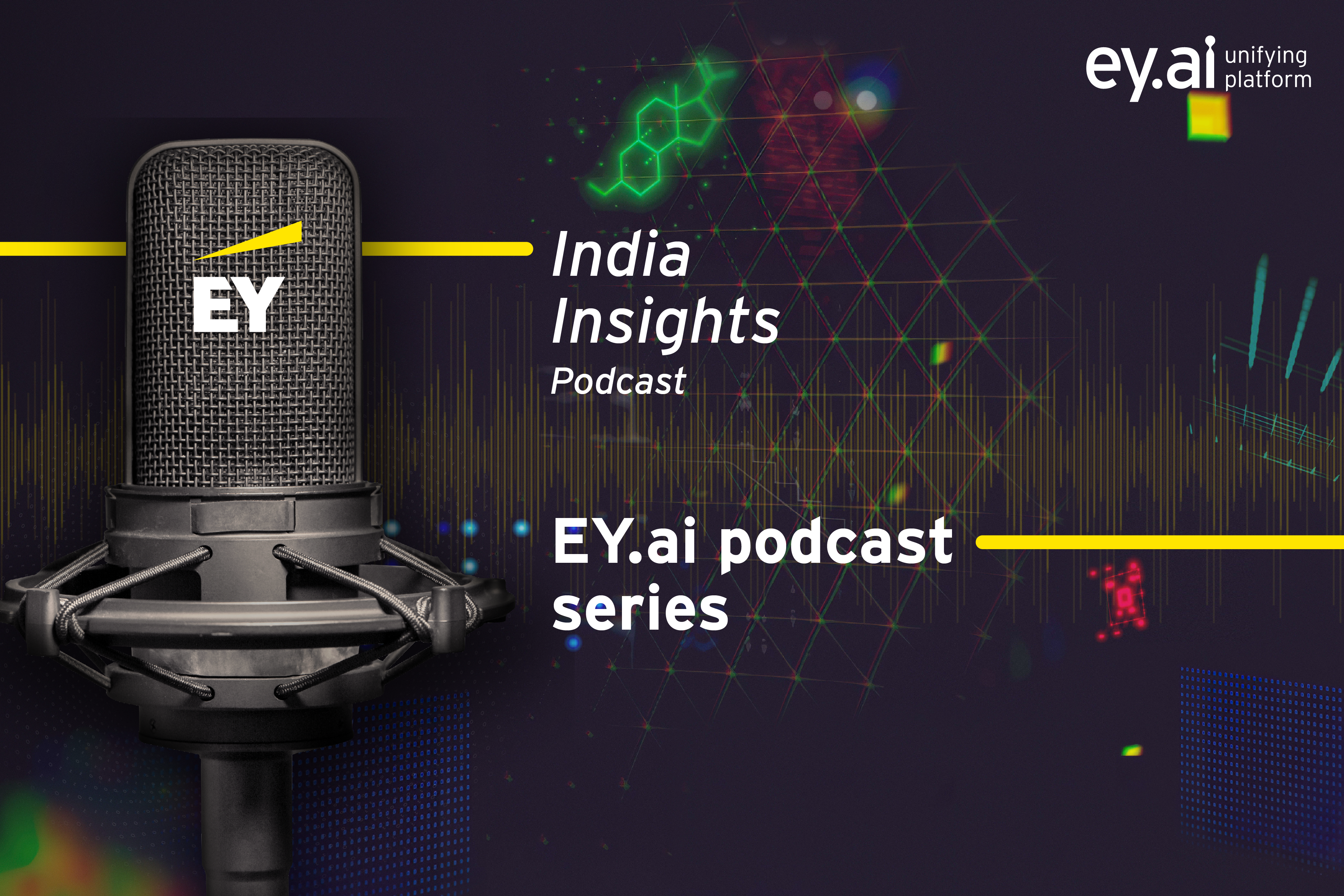The next-generation employee experience is pivotal for organizations striving to attract, retain and nurture top talent in a competitive landscape. Creating a single, consumer-grade experience for the organization’s workforce, leveraging digital technologies, will positively impact every HR process and dimension of an employee’s work life. Employee experience (EX) remains at the core of the Chief Human Resources Officer's agenda and a top focus for organizations today.
Companies that invest in EX witness compelling value compared to those that do not. They have been shown to have four times higher average profits and two times higher average revenues. Moreover, they are 11 times more likely to be featured on employee review sites as best places to work and more than two times as often among the World’s Most Innovative Companies. Additionally, their teams are 21% more productive, and employees are 60% more likely to stay with their employer, as per EY analysis.
With the market evolving, the HR tech space is exciting, brimming with intense activity from thousands of vendors currently active. In 2023 alone, the space witnessed more than US$4 billion in startup funding and around 300 funding rounds. In addition, the space also witnessed more than 200 mergers and acquisitions according to various reports.
Deep personalization is key
EX design uses the lens of ‘significant moments’ and ‘personas’ to envision the entire work life of an employee along with processes of an organization. It personalizes the design completely through these personas, weaving the hundreds of significant moments relevant to the persona as a digital journey. The personalization goes deeper by aligning fully with the employees' context, needs, objectives, behaviors, and personal preferences.
Thus, instead of a generic “one size fits all” approach, the EX design is akin to a personalized work design that constantly adapts, evolves, and improves for each organization and employee. With AI entering the HR space, EX personalization is only getting further accelerated.
How AI aids a quantum jump in HR and EX
AI is revolutionizing every aspect of HR and EX. With Generative AI (GenAI) entering the sector, CoPilots abound, and every AI dimension is evolving exponentially with tremendous business impact. While individual AI and digital dimensions are powerful by themselves, in combination, they are even more potent. Conversational AI, NLP are one example of how technologies work great together and build upon each other. Another illustration is the combination of GenAI, ML and analytics, among numerous other possible combinations.






